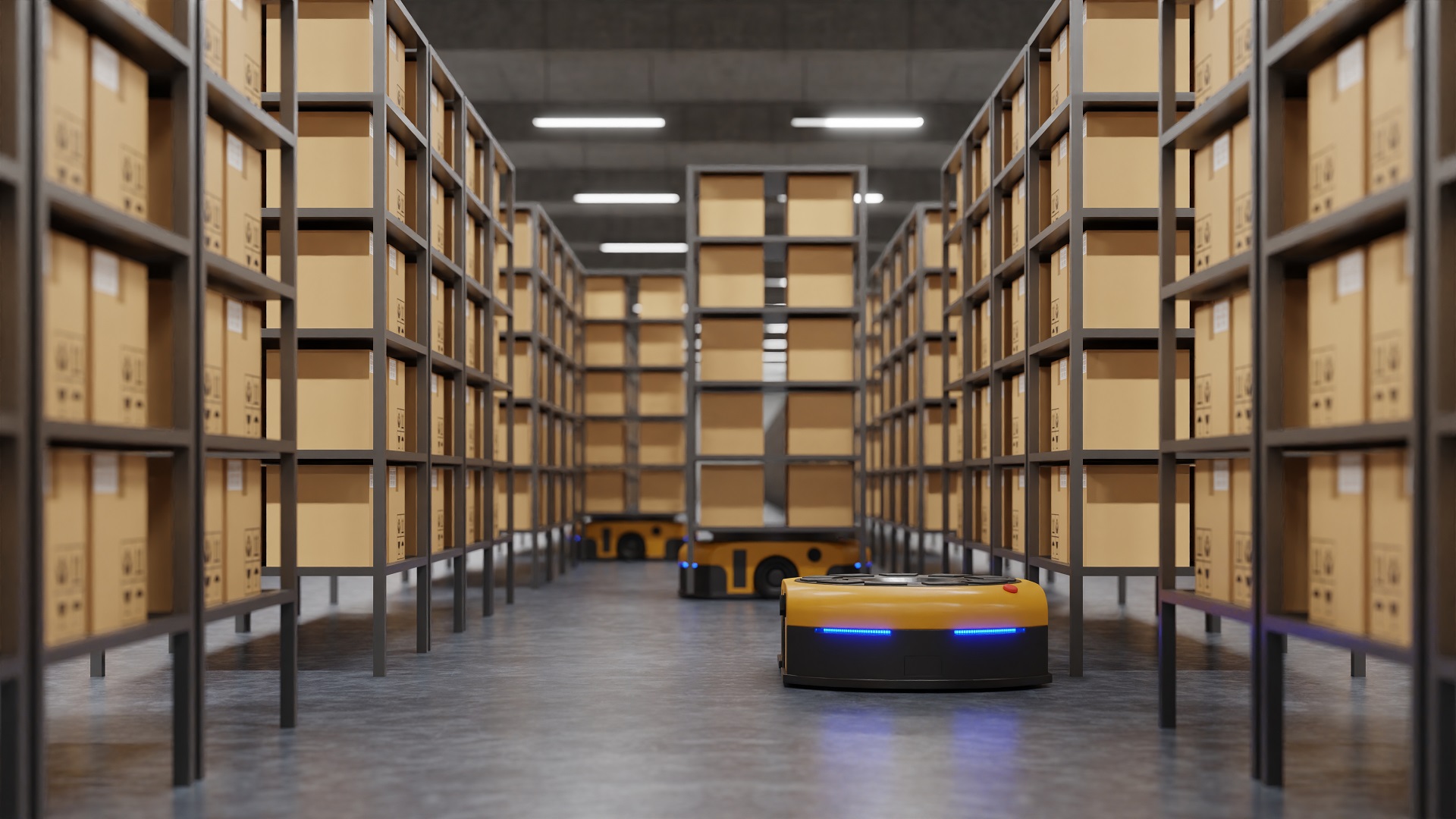The choice between an AGV and a conveyor system depends on multiple factors. Key questions to consider include: What throughput of material is required? What is the project site layout? Do other machines and people need to operate in the area? And what level of overall flexibility is required?
A question of volume
A fixed conveyor offers a much greater capacity to move individual goods quickly. So, if materials need to be transported to and from fixed locations in high volumes, a conveyor is an ideal solution. AGVs, on the other hand, offer much greater flexibility and can be more easily adapted to changing manufacturing requirements.
“One of the main factors in choosing an AGV or conveyor is whether the customer wants to block the space with a conveyor or have the flexibility of an AGV,” says Bernd Krebs, AGV Product Manager at Stöcklin Logistik. “However, the quantity to be conveyed will determine whether an AGV will offer a viable solution. For example, at one airport site, our customer needed to move approximately 200 pallets every hour, which needed to be picked up immediately. It was simply not feasible for an AGV to handle this.”
Read more here.




